
The Brain Tells Us Everything
Your brain is constantly monitoring both your internal and external environments—it keeps score of what’s happening inside your body and what’s going on around you. Internally, it tracks signals like inflammation, hormone levels, immune responses, gut health, and even nutrient deficiencies. Externally, it responds to your surroundings—stressors, relationships, noise, light, and overall safety or threat levels. These inputs shape brain activity in real time, influencing mood, focus, energy, sleep, and even physical health. In this way, the brain acts as a central hub, adapting to the body’s needs and the world it interacts with.
Brain Mapping: A Window Into Your Brain’s Function
The brain is a highly complex organ, made up of billions of specialized cells called neurons. Neurons send and receive electrical signals (referred to as waves) 24 hours a day, regulating your body, and generating thoughts, feelings and behaviors. When the electrical signals are strong and in balance throughout the brain, people feel and function optimally. When regions of the brain are electrically out of balance, either underactive or overactive, they can produce symptoms and lead to dysfunction. For example, some regions may generate excessive slow waves, leading to sluggish processing, while others may produce excessive fast waves, contributing to anxiety, restlessness, or poor focus. In both cases, brain function and life can become disrupted. Our brain map identifies important changes in brain wave patterns.
The brain map process captures a snapshot of brain electrical activity and translates the data into a visual representation of 19 brain regions and the key brain signal types—beta, alpha, theta, and delta. This visual map provides powerful insight into how your brain is operating, potentially why it is operating the way it is, and guide assessment and ways to help.
Our Clinical Edge at Brain Health Hawaii
What sets Brain Health Hawaii apart is not just that we use spectral analysis brain mapping—it’s how we use it. We’ve applied this technology directly in clinical care, assessing thousands of brains, during active treatment, during periods of change, and throughout long-term follow-up. This hands-on experience gives us a unique and acute understanding of brain activity and how it correlates with conditions, symptoms, underlying health conditions, developmental patterns, and responses to intervention over time.
We’ve observed firsthand how the brain registers, reacts to, and reflects both the internal state of the body and the external environment it lives in. This deep clinical insight allows us to interpret your brain map with greater precision and use that information to develop effective, real-world treatment strategies.
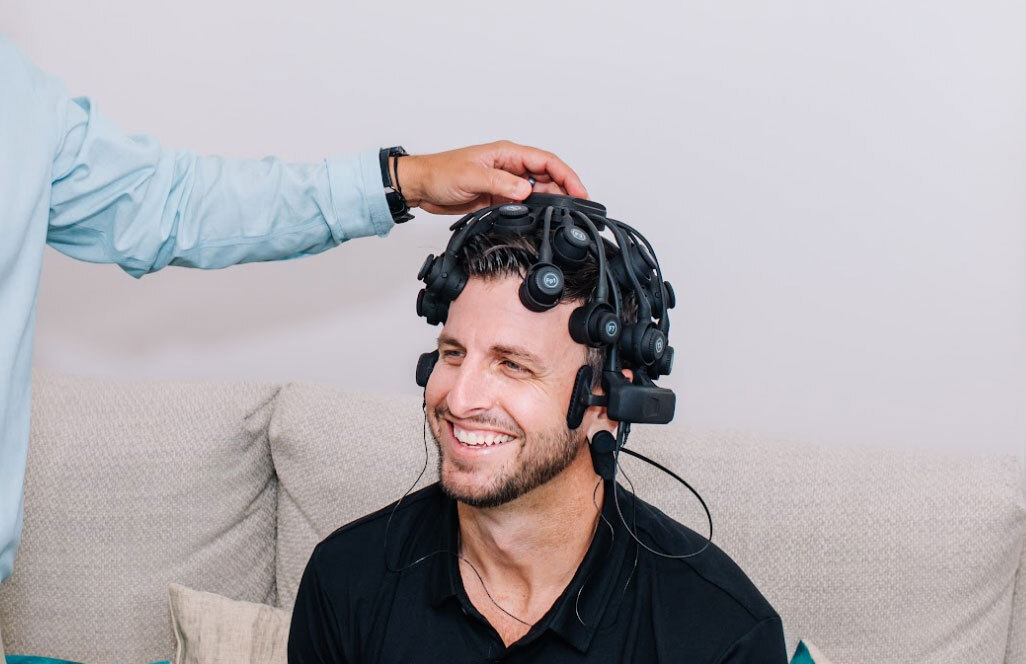
What Is a Brain Map and Why Is It Useful?
Our brain map—also known as a spectral analysis EEG—is a non-invasive biometric tool that helps us better understand how your brain is functioning. It gives us a snapshot of your brain activity and reveals areas of dysregulation that may be contributing to symptoms such as brain fog, poor sleep, anxiety, attention issues, or mood imbalance.
We use this information to develop personal insights, and create individualized treatment approaches with the goal of improving your brain’s function—and your quality of life.
Understanding Brain Waves and Symptoms
The key is to detect imbalances in brain wave patterns that aren’t visible on anatomical imaging like MRIs or CT scans. Symptoms are caused by underactive brain regions, where there is an excess of slow waves (like theta or delta), which can impair attention, memory, mood and motivation. Others symptoms are caused by overactive brain regions with elevated fast-wave activity (like beta), often linked to worry, overthinking, or difficulty relaxing. Both patterns can interfere with how efficiently your brain operates and how you feel.
Beta Band
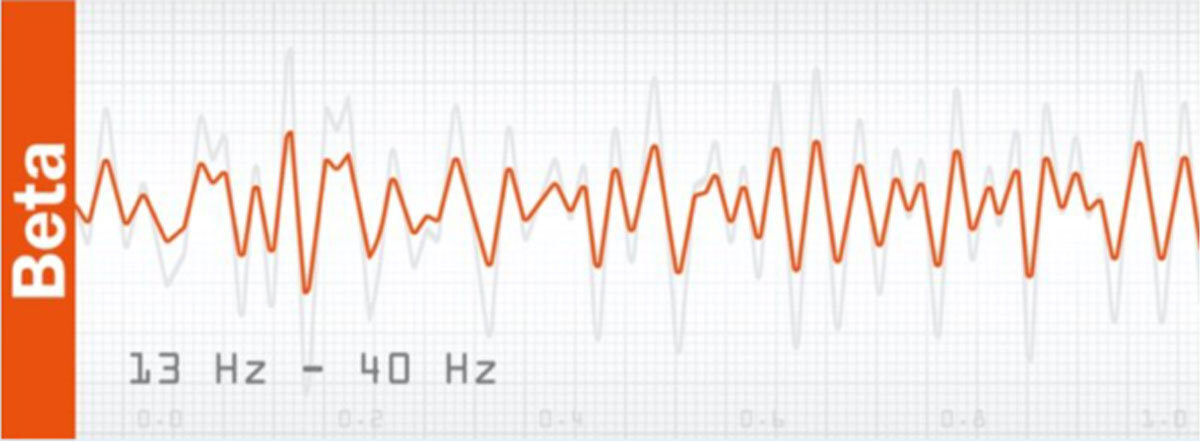
An indicator of cortical arousal and increases during active concentration
Alpha Band
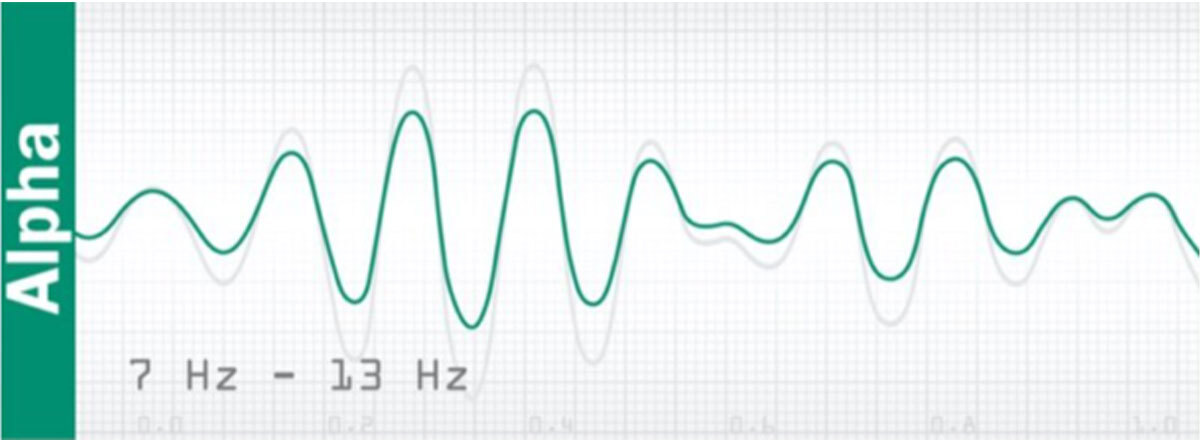
Involved in motor functions and cognitive functioning
Theta Band
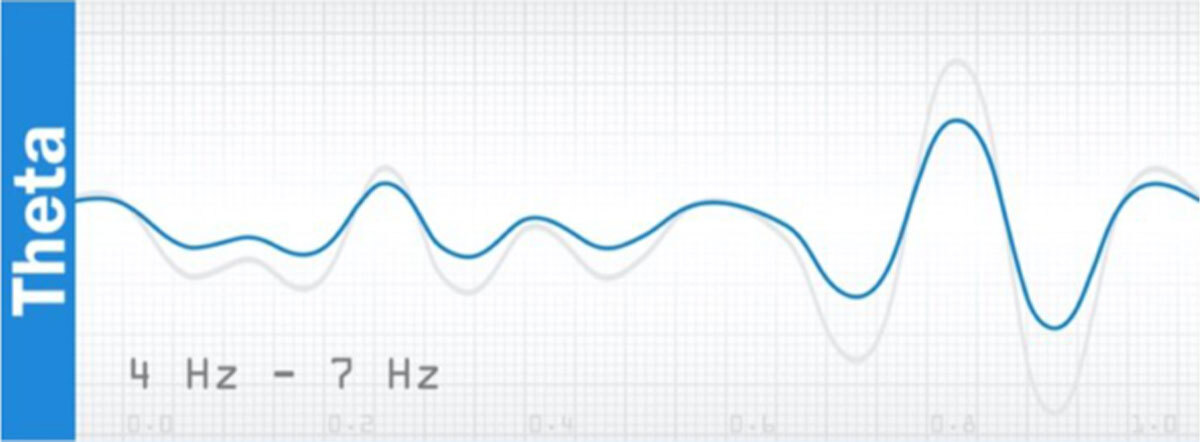
Involved in memory encoding and retrieval and increases during drowsiness
Delta Band
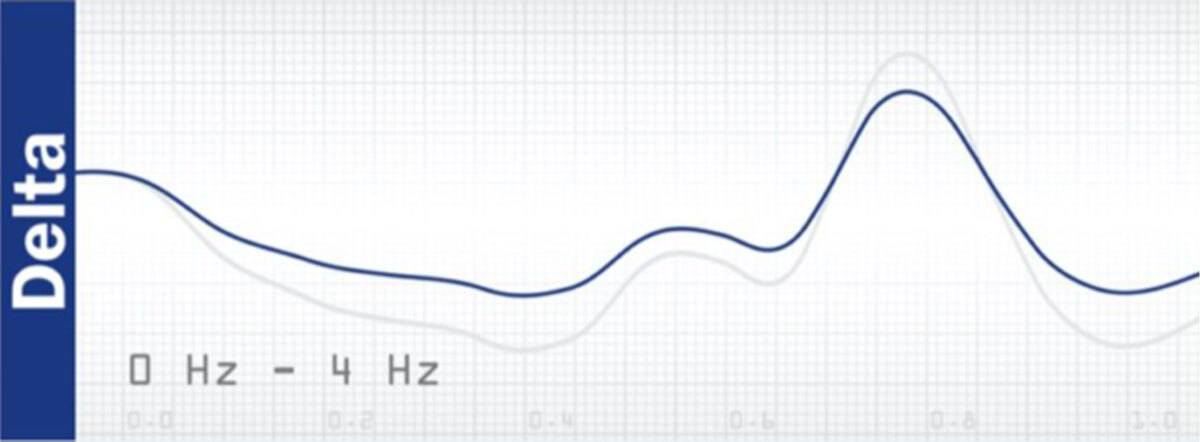
Predominates during deep sleep
Success Story Spotlight
After the first two weeks, I noticed the irritability definitely slightly going down. I noticed my sleep was getting better, not the foggy feeling that I was getting in the morning. Within about four week time period, I was more energetic and able to multitask again.
— Matthew Curlee, Veteran, United States Army



